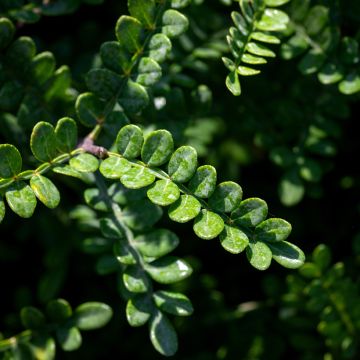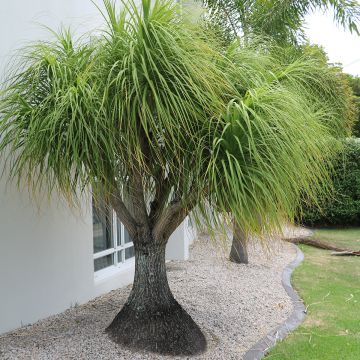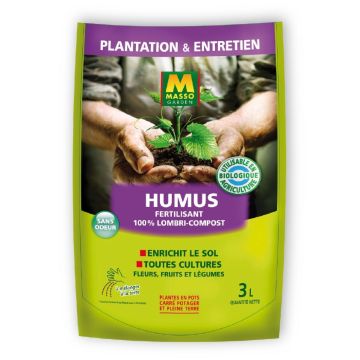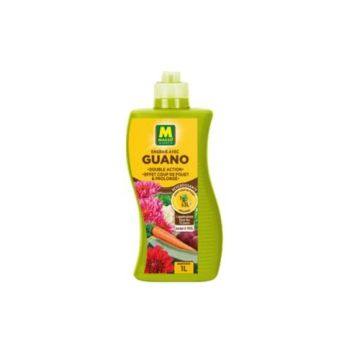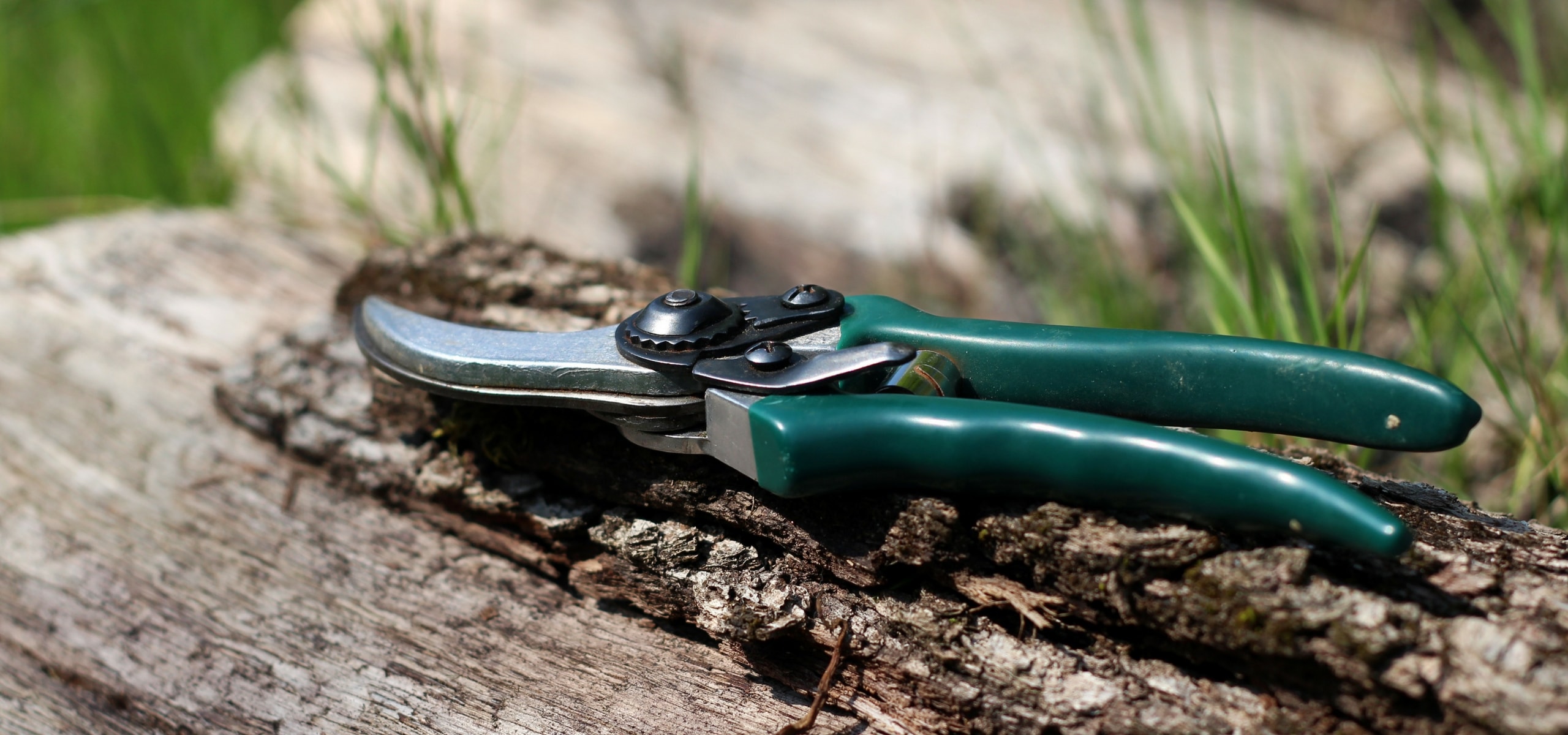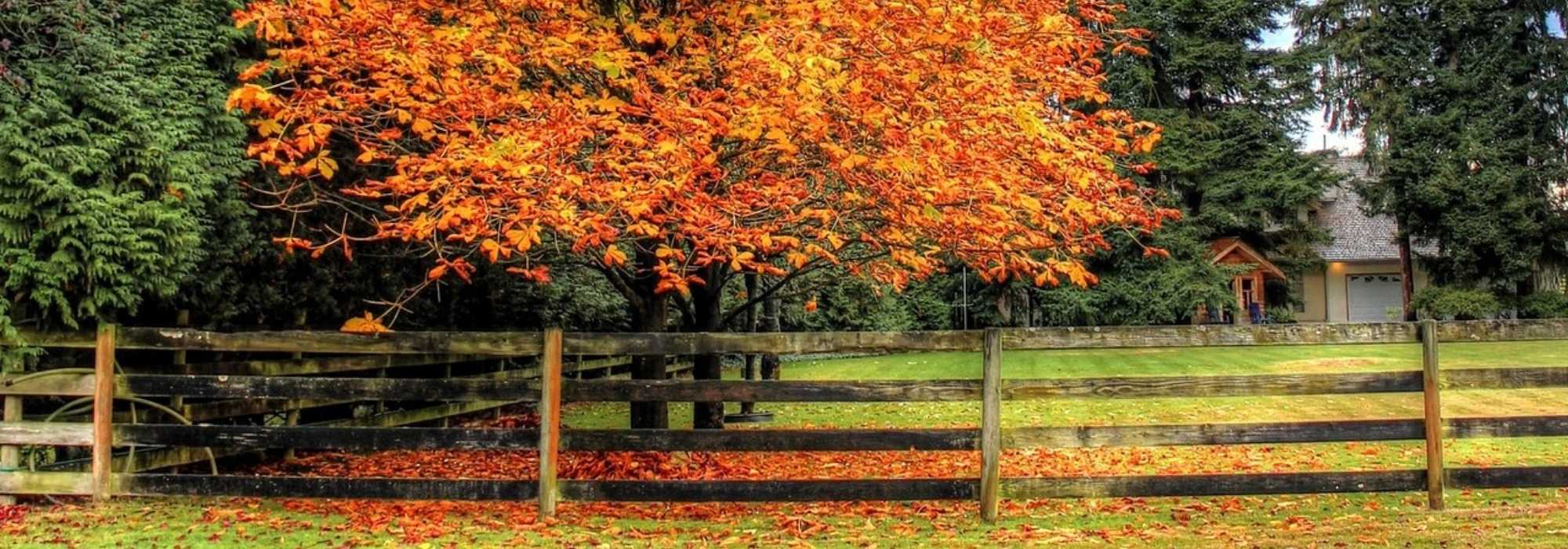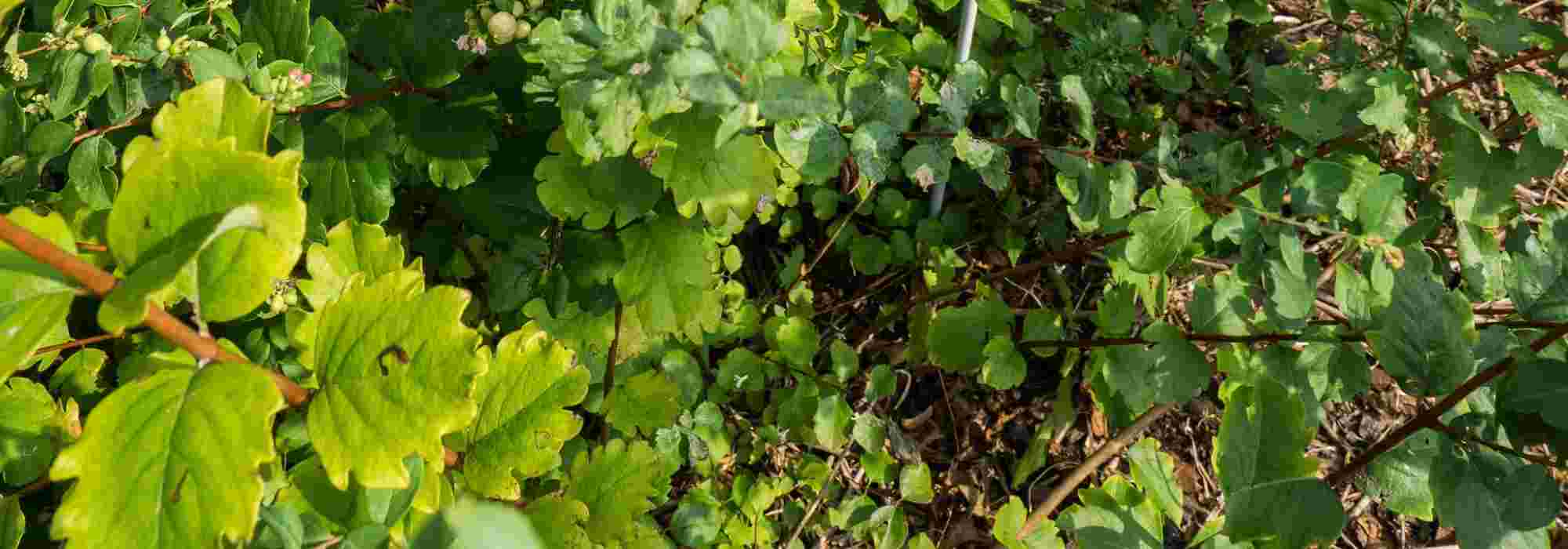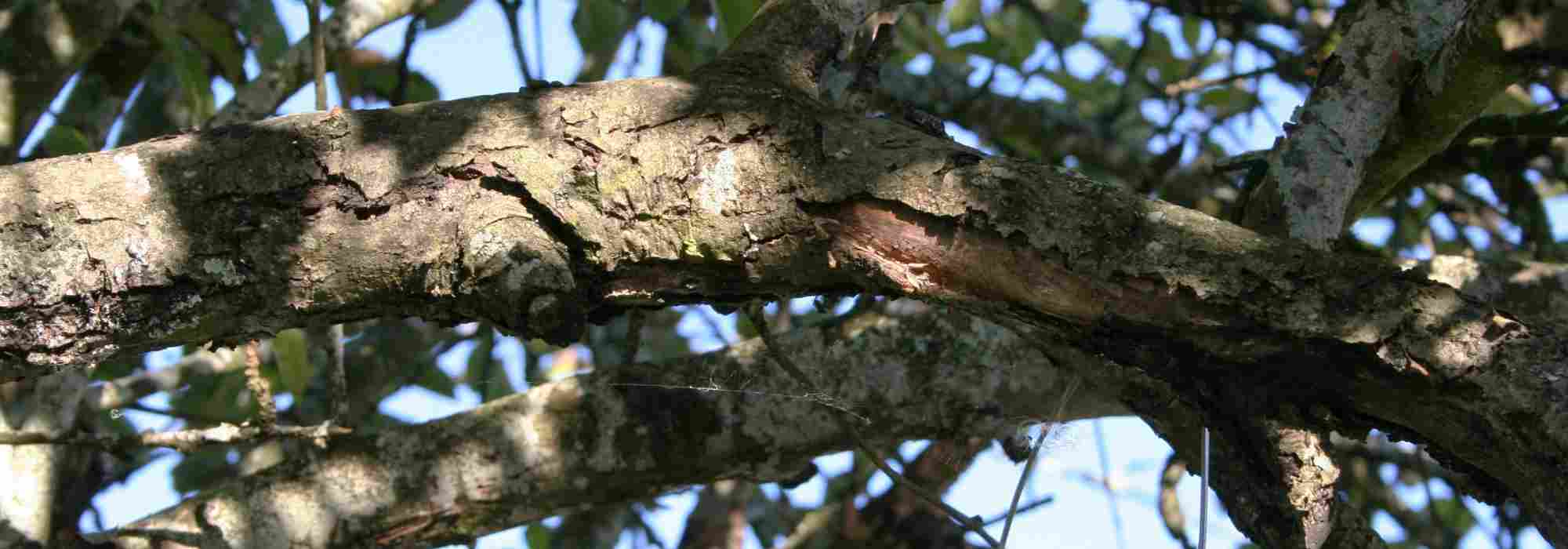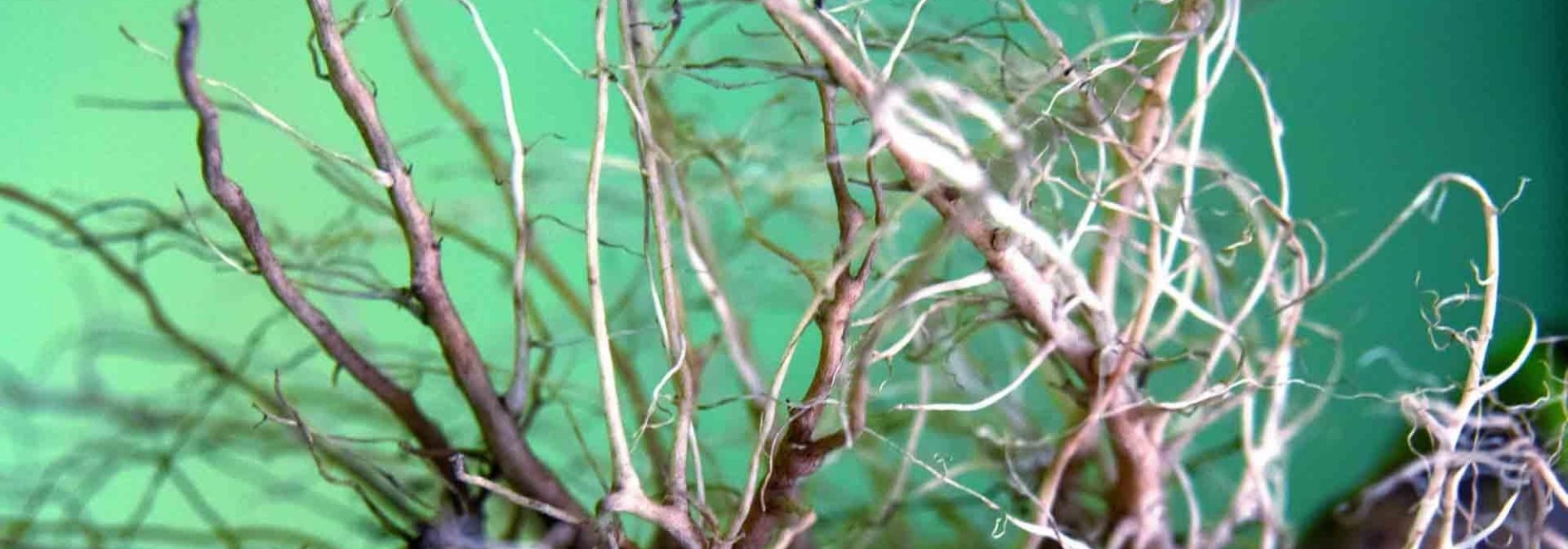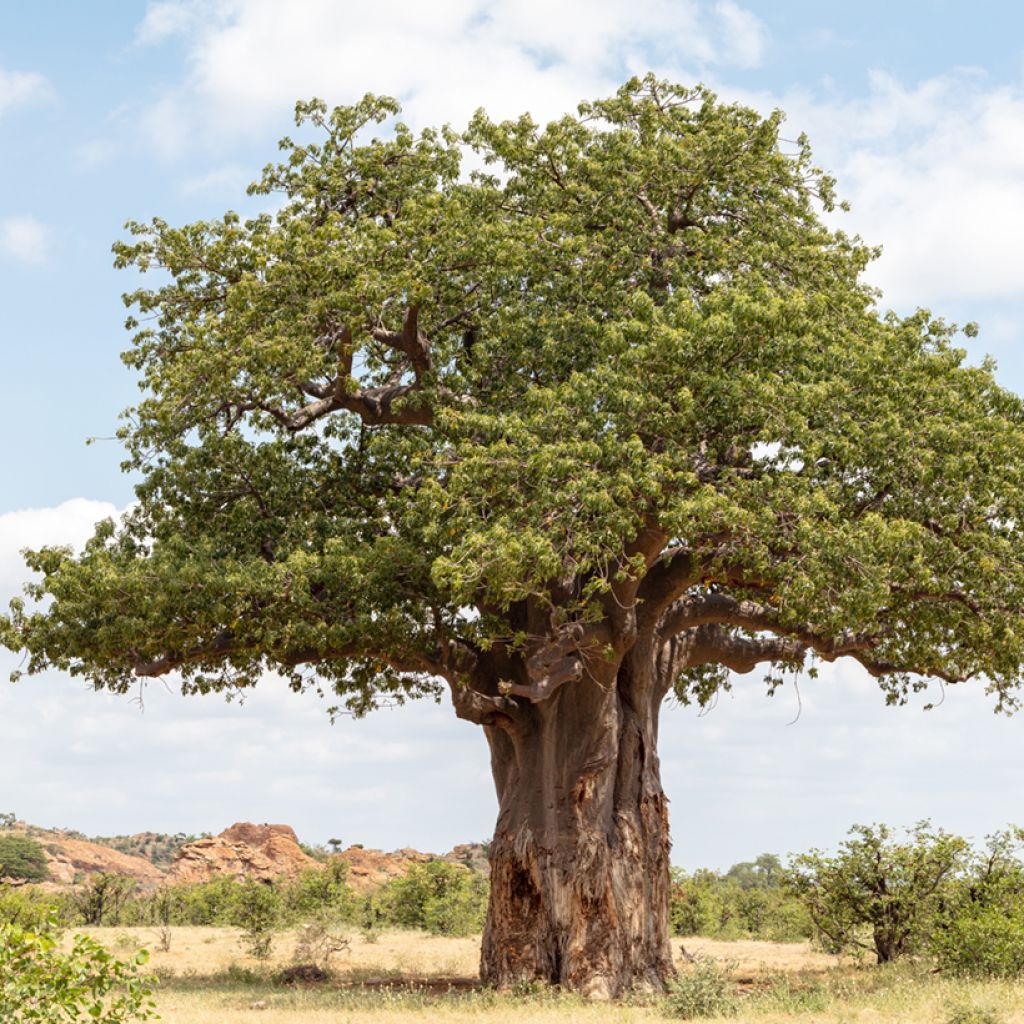

Adansonia digitata - Baobab seeds
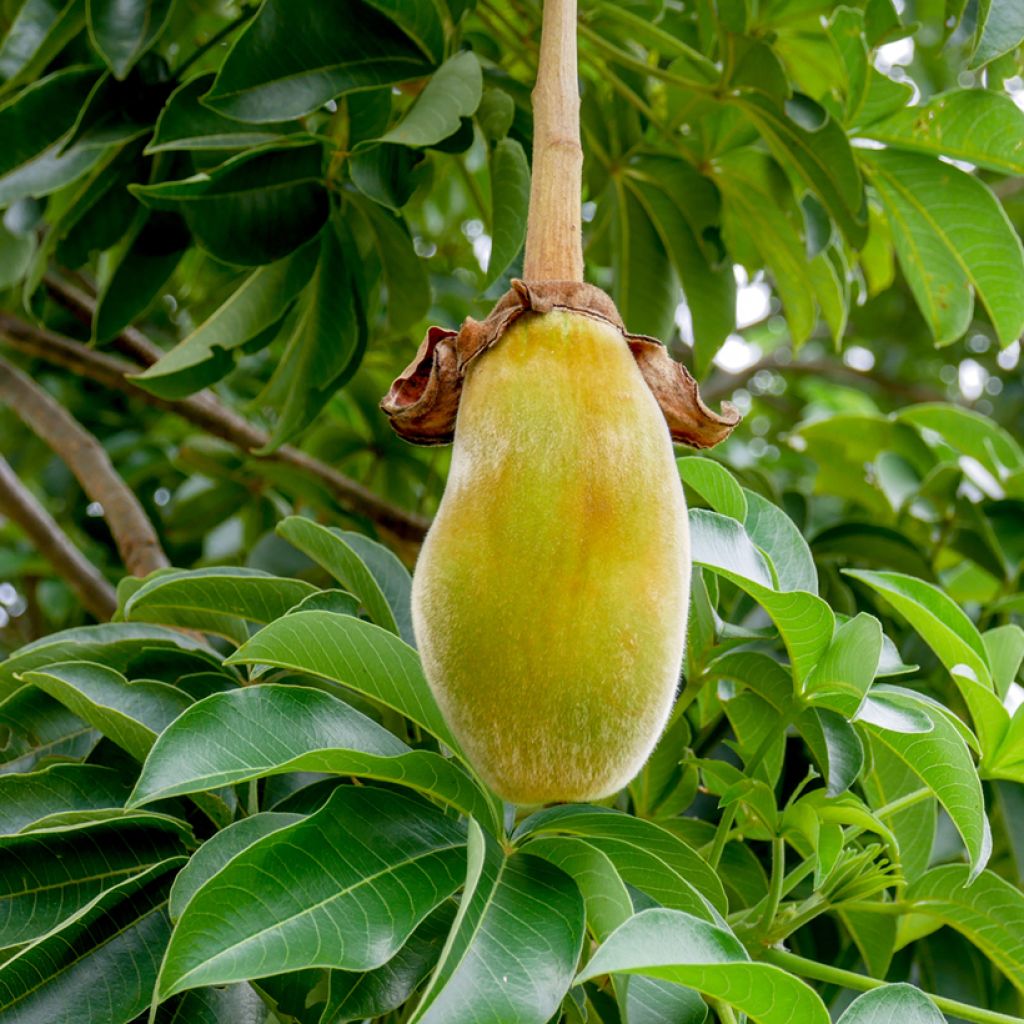

Adansonia digitata - Baobab seeds
Adansonia digitata - Baobab seeds
Adansonia digitata
Baobab
Special offer!
Receive a €20 voucher for any order over €90 (excluding delivery costs, credit notes, and plastic-free options)!
1- Add your favorite plants to your cart.
2- Once you have reached €90, confirm your order (you can even choose the delivery date!).
3- As soon as your order is shipped, you will receive an email containing your voucher code, valid for 3 months (90 days).
Your voucher is unique and can only be used once, for any order with a minimum value of €20, excluding delivery costs.
Can be combined with other current offers, non-divisible and non-refundable.
This plant carries a 6 months recovery warranty
More information
We guarantee the quality of our plants for a full growing cycle, and will replace at our expense any plant that fails to recover under normal climatic and planting conditions.
Does this plant fit my garden?
Set up your Plantfit profile →
Description
Adansonia digitata, better known as the African baobab, is a majestic tree from the arid regions of Africa. Nicknamed the "Tree of Tales" due to its central role in local traditions, it is also called the "Bottle Tree" for its swollen trunk capable of storing water. Although it does not flower or fruit in our climates, it can be grown in pots, where it retains its unique appearance. It is easy to care for and adapts well to indoor cultivation, like a cactus. In fine weather, it will enjoy being placed outdoors on a balcony or terrace, as long as nighttime temperatures remain mild. However, by September, it should be brought indoors to a heated room to protect it from the cold.
According to botanical classifications, Adansonia digitata belongs to the Bombacaceae or Malvaceae family. It grows mainly in dry savannas, stretching from the Sahel in West Africa to the Transvaal in South Africa. This tree plays a key role in its ecosystem: it provides water and food for many animal species and serves as a valuable shelter. Local populations also use its leaves, fruits, and seeds for food. Its wood, however, is too spongy to be used. Some baobabs reach impressive ages, sometimes exceeding 2,000 years. In our latitudes, pot cultivation is preferred, particularly as an indoor bonsai. In its natural habitat, the baobab can grow between 3 and 20 metres tall, depending on climatic and soil conditions. When grown in pots and regularly pruned, it remains much more compact, usually not exceeding 2.50 metres in height with a spread of 1.50 metres. Its massive trunk, with spongy tissues, allows it to store the water needed for survival during droughts. The bark, initially brown and slightly shiny, becomes greyer with age. From this trunk emerge thick branches that form a broad, spreading crown, resembling an inverted root system. The baobab loses its foliage during the dry season, a natural cycle that should be respected in our climates to avoid rotting of the fleshy roots. Its deep green leaves are single on young plants, later developing into compound leaves with 5 to 7 leaflets in maturity. In the wild, flowering only occurs after about ten years. Just before the rainy season, it produces large white flowers suspended on long peduncles. Their centre consists of a dense pom-pom-like cluster of stamens, from which the pistil protrudes. These flowers, which only open at night, attract fruit bats, which ensure their pollination as the bats love the abundant nectar and are sensitive to the flower's distinctive scent. After pollination, the baobab develops oblong fruits with thick skin, containing a nutritious pulp rich in vitamins and calcium, as well as edible oil-rich seeds. It is possible to sow these to grow multiple baobabs at a lower cost, making for a rather fun activity.
With its sculptural trunk and singular appearance, the African baobab is a superb indoor plant, perfect for creating an exotic or contemporary atmosphere. It pairs wonderfully with other architectural plants such as agaves, the jade tree Crassula ovata 'Minor', or the bird of paradise (Strelitzia reginae) on a terrace or in a conservatory.
Report an error about the product description
Adansonia digitata - Baobab seeds in pictures


Flowering
Foliage
Plant habit
Botanical data
Adansonia
digitata
Malvaceae
Baobab
West Africa
Other Adansonia
View all →Planting and care
Before sowing baobab seeds (Adansonia digitata), it is important to prepare them properly to optimise germination. Their shell is particularly hard, so scarification is necessary. This involves lightly scoring the outer layer with a file or sandpaper until the lighter endosperm is visible, without damaging the inside. Once this step is completed, the seeds should be soaked in lukewarm water (around 30°C) for 24 to 48 hours. A thermos flask can be useful to maintain the temperature. If after this time the seeds have not swollen, the process can be repeated.
The substrate should be light and well-draining. A mix of 50% sowing compost and 50% vermiculite or perlite is ideal. Before sowing, it is advisable to lightly moisten the substrate without saturating it. The seeds should be planted about 3 cm deep in plastic pots, as peat pots retain too much moisture. If several seeds are sown in the same tray, a spacing of at least 5 cm is recommended. Once in place, simply lightly firm the substrate and mist with a little water to ensure good humidity.
The seeds usually germinate within 7 to 14 days if placed in a warm and bright environment, with temperatures between 25 and 30°C. A propagator can help maintain a consistent atmosphere and encourage germination. The substrate's moisture should be monitored, ensuring the soil is never waterlogged. When the young shoots have developed their first true leaves after the cotyledons, they should be transplanted into individual pots about 5 cm wide. During this process, handle the taproot carefully to avoid damage.
Sowing period
Intended location
Planting & care advice
This item has not been reviewed yet - be the first to leave a review about it.
Haven't found what you were looking for?
Hardiness is the lowest winter temperature a plant can endure without suffering serious damage or even dying. However, hardiness is affected by location (a sheltered area, such as a patio), protection (winter cover) and soil type (hardiness is improved by well-drained soil).

Photo Sharing Terms & Conditions
In order to encourage gardeners to interact and share their experiences, Promesse de fleurs offers various media enabling content to be uploaded onto its Site - in particular via the ‘Photo sharing’ module.
The User agrees to refrain from:
- Posting any content that is illegal, prejudicial, insulting, racist, inciteful to hatred, revisionist, contrary to public decency, that infringes on privacy or on the privacy rights of third parties, in particular the publicity rights of persons and goods, intellectual property rights, or the right to privacy.
- Submitting content on behalf of a third party;
- Impersonate the identity of a third party and/or publish any personal information about a third party;
In general, the User undertakes to refrain from any unethical behaviour.
All Content (in particular text, comments, files, images, photos, videos, creative works, etc.), which may be subject to property or intellectual property rights, image or other private rights, shall remain the property of the User, subject to the limited rights granted by the terms of the licence granted by Promesse de fleurs as stated below. Users are at liberty to publish or not to publish such Content on the Site, notably via the ‘Photo Sharing’ facility, and accept that this Content shall be made public and freely accessible, notably on the Internet.
Users further acknowledge, undertake to have ,and guarantee that they hold all necessary rights and permissions to publish such material on the Site, in particular with regard to the legislation in force pertaining to any privacy, property, intellectual property, image, or contractual rights, or rights of any other nature. By publishing such Content on the Site, Users acknowledge accepting full liability as publishers of the Content within the meaning of the law, and grant Promesse de fleurs, free of charge, an inclusive, worldwide licence for the said Content for the entire duration of its publication, including all reproduction, representation, up/downloading, displaying, performing, transmission, and storage rights.
Users also grant permission for their name to be linked to the Content and accept that this link may not always be made available.
By engaging in posting material, Users consent to their Content becoming automatically accessible on the Internet, in particular on other sites and/or blogs and/or web pages of the Promesse de fleurs site, including in particular social pages and the Promesse de fleurs catalogue.
Users may secure the removal of entrusted content free of charge by issuing a simple request via our contact form.
The flowering period indicated on our website applies to countries and regions located in USDA zone 8 (France, the United Kingdom, Ireland, the Netherlands, etc.)
It will vary according to where you live:
- In zones 9 to 10 (Italy, Spain, Greece, etc.), flowering will occur about 2 to 4 weeks earlier.
- In zones 6 to 7 (Germany, Poland, Slovenia, and lower mountainous regions), flowering will be delayed by 2 to 3 weeks.
- In zone 5 (Central Europe, Scandinavia), blooming will be delayed by 3 to 5 weeks.
In temperate climates, pruning of spring-flowering shrubs (forsythia, spireas, etc.) should be done just after flowering.
Pruning of summer-flowering shrubs (Indian Lilac, Perovskia, etc.) can be done in winter or spring.
In cold regions as well as with frost-sensitive plants, avoid pruning too early when severe frosts may still occur.
The planting period indicated on our website applies to countries and regions located in USDA zone 8 (France, United Kingdom, Ireland, Netherlands).
It will vary according to where you live:
- In Mediterranean zones (Marseille, Madrid, Milan, etc.), autumn and winter are the best planting periods.
- In continental zones (Strasbourg, Munich, Vienna, etc.), delay planting by 2 to 3 weeks in spring and bring it forward by 2 to 4 weeks in autumn.
- In mountainous regions (the Alps, Pyrenees, Carpathians, etc.), it is best to plant in late spring (May-June) or late summer (August-September).
The harvesting period indicated on our website applies to countries and regions in USDA zone 8 (France, England, Ireland, the Netherlands).
In colder areas (Scandinavia, Poland, Austria...) fruit and vegetable harvests are likely to be delayed by 3-4 weeks.
In warmer areas (Italy, Spain, Greece, etc.), harvesting will probably take place earlier, depending on weather conditions.
The sowing periods indicated on our website apply to countries and regions within USDA Zone 8 (France, UK, Ireland, Netherlands).
In colder areas (Scandinavia, Poland, Austria...), delay any outdoor sowing by 3-4 weeks, or sow under glass.
In warmer climes (Italy, Spain, Greece, etc.), bring outdoor sowing forward by a few weeks.






























